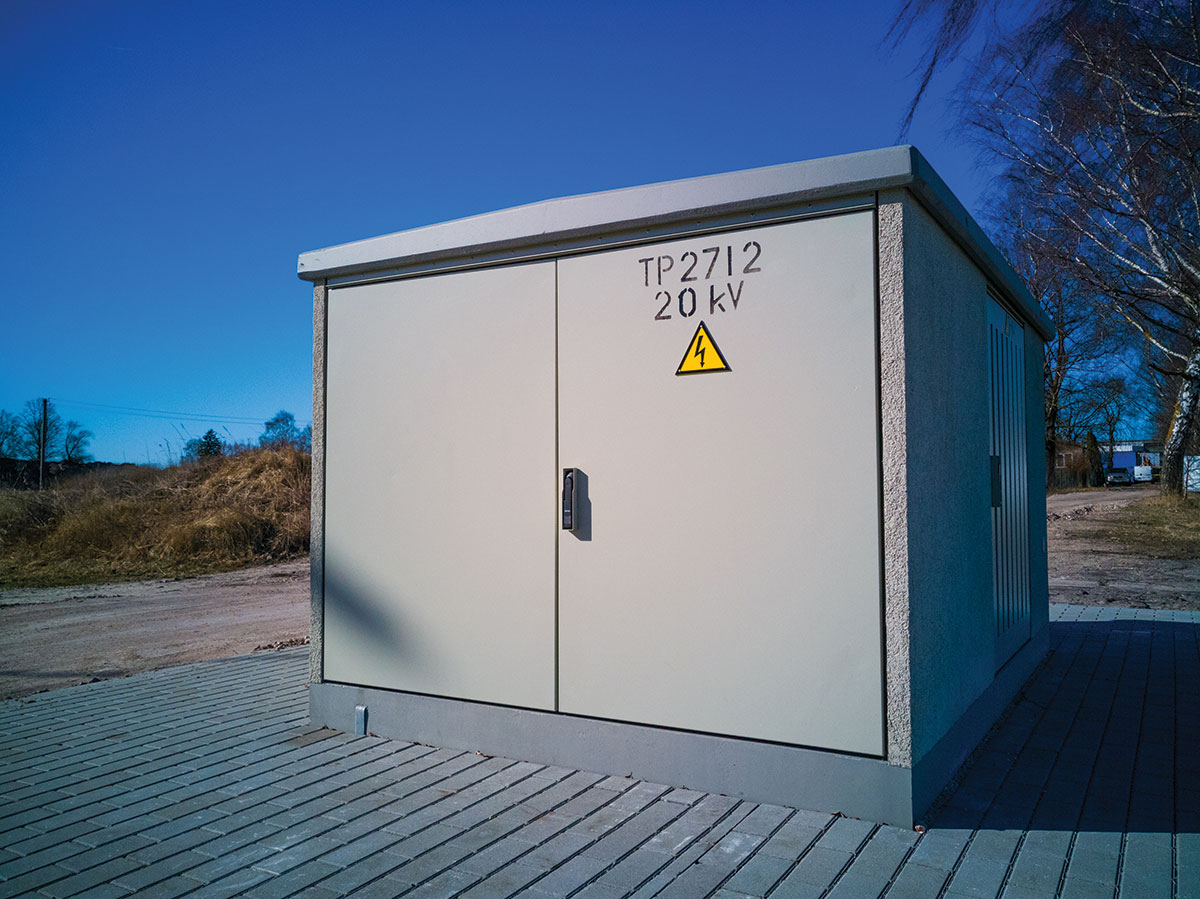Rule 12-108 specifies that, except for neutrals, control and instrumentation circuits, parallel conductors must not be smaller than 1/0 AWG copper or aluminum. No doubt this requirement is designed to limit use of parallel conductors to such circumstances where this wiring method is truly needed. We already know, the rule contains numerous precautions to ensure conductors in parallel are loaded as equally as possible, to prevent unbalanced loading, overheating and subsequent failures.
To ensure that conductors are loaded evenly, Rule 12-108requires that parallel conductors must have the same characteristics including identical sizes, types of insulation, methods of termination, wiring materials, lengths, orientation and without any in-line splices. Appendix B shows us the required conductor configurations. These special arrangements are designed to minimize differences in inductive reactance and sharing of load currents. The wire and cable manufacturer should be consulted if it becomes necessary to employ conductor arrangements different from those given in Appendix B.
Furthermore, Rule 12-904 requires that when parallel conductors are in cables or raceways, each cable or raceway must contain an equal number of conductors from each phase and the neutral. Each cable or raceway must also be of the same material and physical characteristics to ensure that conductor impedance differences are minimized. There are some very good reasons for this requirement. Should we for example, attempt to install parallel conductors in different conduit types (say PVC and steel), we would find unequal loading in the paralleled conductors for the reasons discussed above.
But now new challenges await us with changes to this rule. As you are by now aware, some of our earlier expectations are now being tested as the 2012 Canadian Electrical Code has made two important modifications to the above requirements:
Sub-rule (2) specifies that a single splice in each parallel conductor is permitted to meet the requirements of Rule 4-006 Temperature Limitation. You will recall that this rule requires that: “where equipment is marked with a maximum termination temperature, the maximum allowable ampacity of the conductor shall be based on the corresponding temperature column from Tables 1, 2, 3 and 4.” You will also recall that this rule applies to both ends of the conductor. If for example we are using 90° C rated wiring to connect to circuit-breakers marked with a maximum 75° C temperature rating, we would normally base our conductor ampacities on the 75° C columns of Tables 1 to 4. However, this newly minted change also allows us to splice on a larger wire size to meet the maximum wiring connection temperatures specified by Rule 4-006, thereby permitting use of the 90° C temperature rating. Although permissible, it’s still not a great idea, as each splice is a potentially weak link.
Sub-rule (3) specifies that: “in parallel sets, conductors of one phase, polarity or grounded circuit conductor shall not be required to have the same characteristics as those of another phase, polarity or grounded circuit conductor.” This opens the door for parallel conductors of one phase to be of a different wire size, material (copper or aluminum), length, insulation type and termination method as long as the parallel conductors of each phase have the same characteristics. I suspect that this change was designed to make things easier for repairs rather than for the initial installations.
As with past articles, you should always consult with the electrical inspection authority in each province or territory for a more precise interpretation of any of the above.














Find Us on Socials